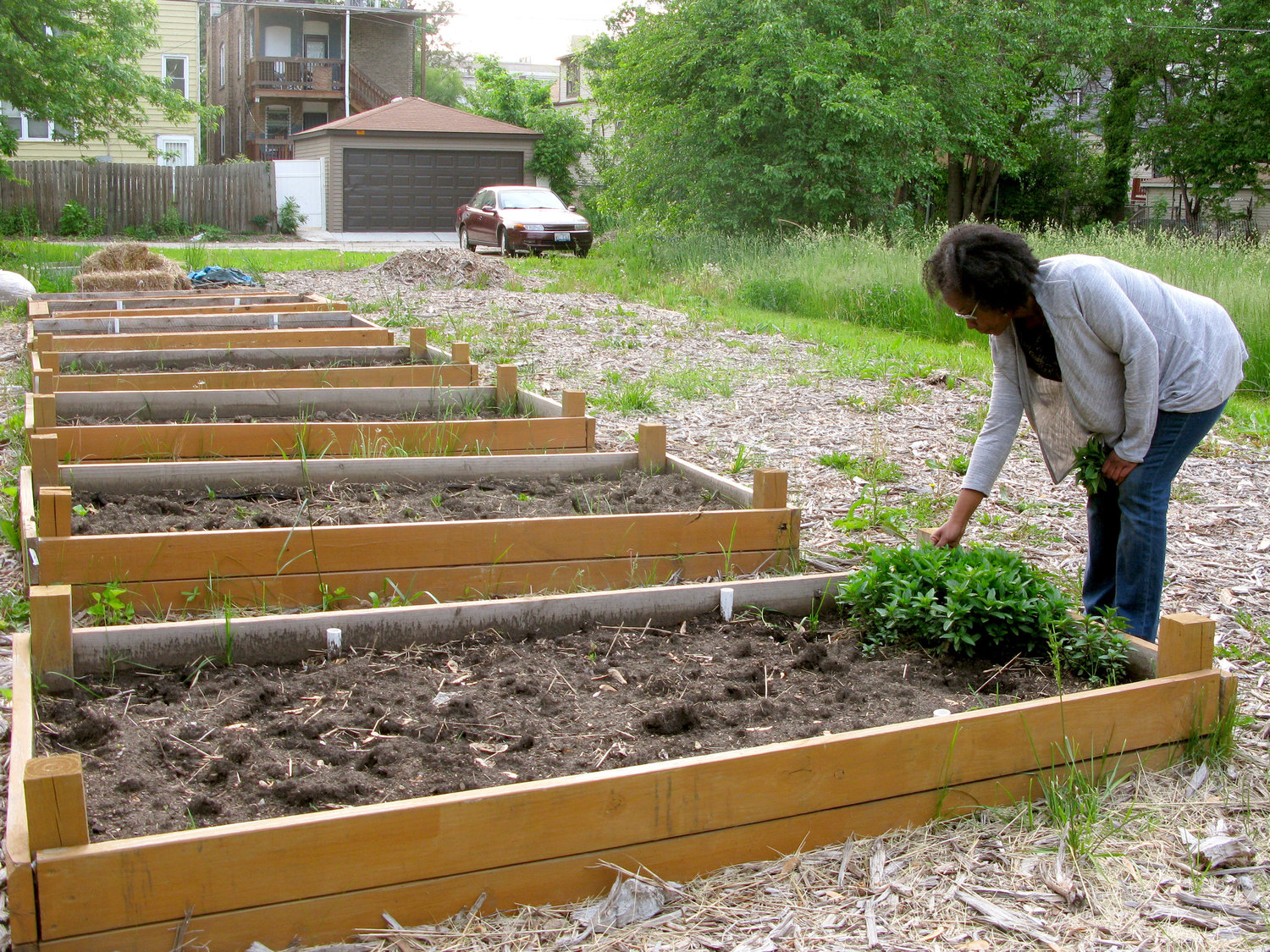Beauty is in the Eye of the Beholder

Here’s a way to put more eyes on your distressed properties.
Abandoned homes, dormant factories, and shuttered businesses are visible signs of a community’s poor economic health. Putting property to productive reuse is a key part of community revitalization. For those tasked with actual property, creating awareness that property is available for reuse is a key step in this process.
Essentially, any piece of real estate is worth what a buyer is willing to pay for it. Low demand for a property translates to fewer sales and lower sales price. Conversely, the more potential buyers that look at a property, the higher chances are that someone will offer to buy it. And if two people both want to buy the same property, well, that’s a seller’s market and should lead to a bump in selling price.
This common-sense property marketing mindset drove the creation of ePropertyPlus’s Public Site – a turnkey marketing platform included with each ePropertyPlus subscription. A Public Site creates awareness of and improves engagement with your property inventory. It’s like a turnkey marketing platform that does not cost anything to set up and deploy and best of all, it’s entirely integrated with your larger ePropertyPlus software system.
Buyers are Searching for Properties Online
We know that most buyers conduct their property searches online. Buyers are searching online for vacant properties, too. An effective website has to include detailed property listings with the description, location, incentives, and current tax information. And while you can list your vacant properties on sites such as LandFlip.com to reach buyers across the country, keeping websites up to date with an ever-changing inventory is really tough. It’s also tough to communicate unique program guidelines or set screening requirements on stand-alone websites set up for traditional real estate sales.
According to data from the National Association of Realtors®’ 2020 Profile of Home Buyers and Sellers report, buyers who used the internet to search for a home increased to an all-time high of 97% last year.
ePropertyPlus Public Sites

ePropertyPlus Public Sites allow your vacant property listings to reach a worldwide audience to put your inventories in front of more of those potential buyers. The ePropertyPlus Public Sites are integrated with ePropertyPlus Staff Sites and Mobile App, so you can keep your property data synced and easily list properties for sale or bid. They also feature customizable online applications, responsive layouts, and the ability to add downloads and custom HTML pages easily.
ePropertyPlus Public Sites integrate with popular social media platforms like Facebook and Twitter and with real estate marketing platforms like Zillow and Attom Data Solutions. They are also easy to customize, so you can match your Public Site branding to your website and other marketing materials.
Month over month, these sites attract tens of thousands of unique visitors and an average of over 500,000 page views for our customers.
Web Traffic to ePropertyPlus Users’ Public Sites

July 2021 Public Sites Traffic Map

August 2021 Public Sites Traffic Map

September 2021 Public Sites Traffic Map

As you can see, visitors come from all over the country, giving ePropertyPlus users access to buyers well beyond their local communities. As these maps show, most of the users are concentrated in the communities where our clients are based, suggesting the ePropertyPlus sites are affording a good balance of visibility with locally-focused marketing and outreach.
The Public Sites tool is just one more reason ePropertyPlus is the most comprehensive software system for putting your real property inventory back to productive use. If you want to increase your properties’ exposure and drive more sales with better asking prices, ePropertyPlus Public Sites is an easy-to-use way to get your available properties in front of more buyers in more places.
Contact us to learn more or set up a free product demonstration.



